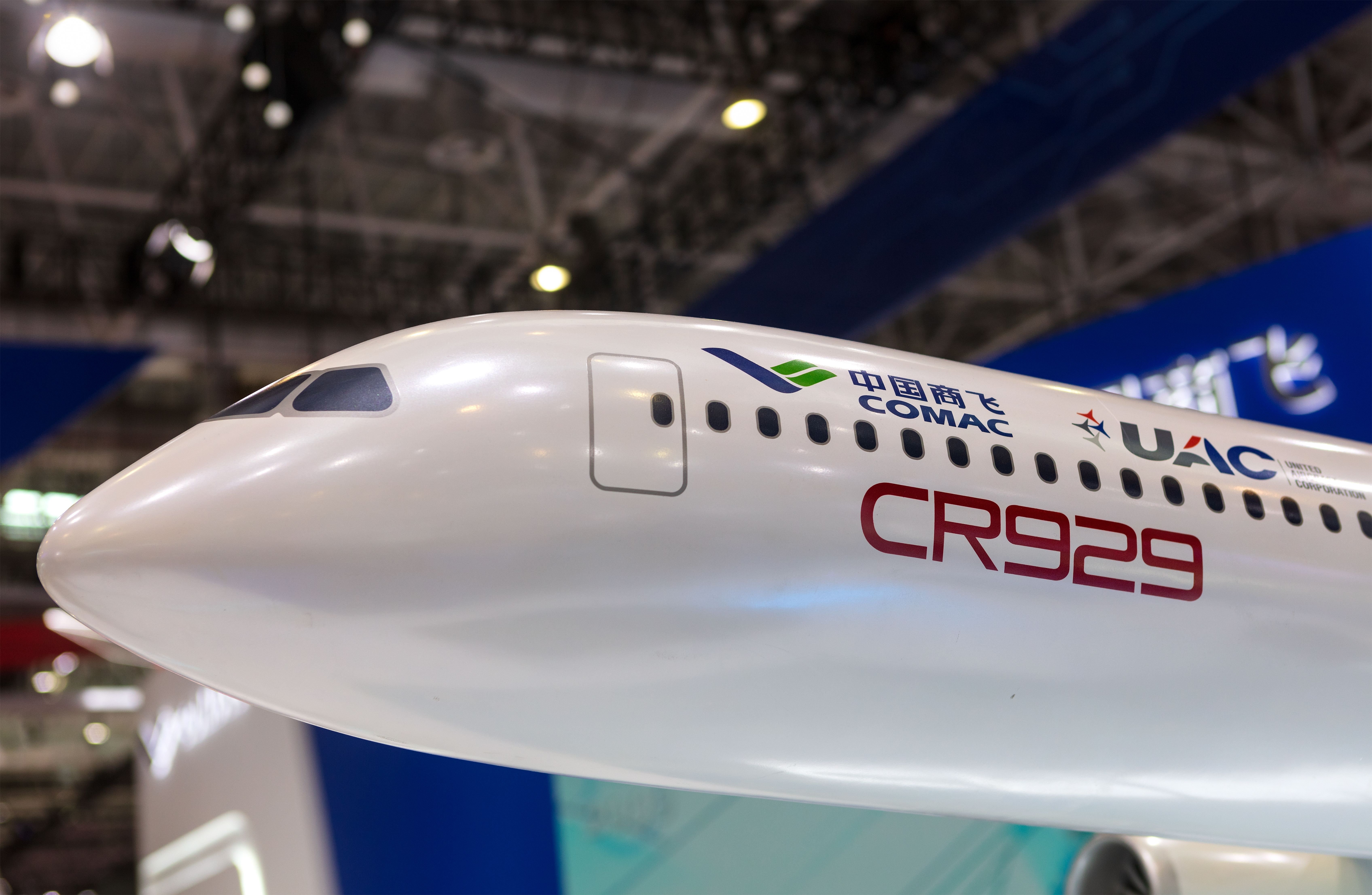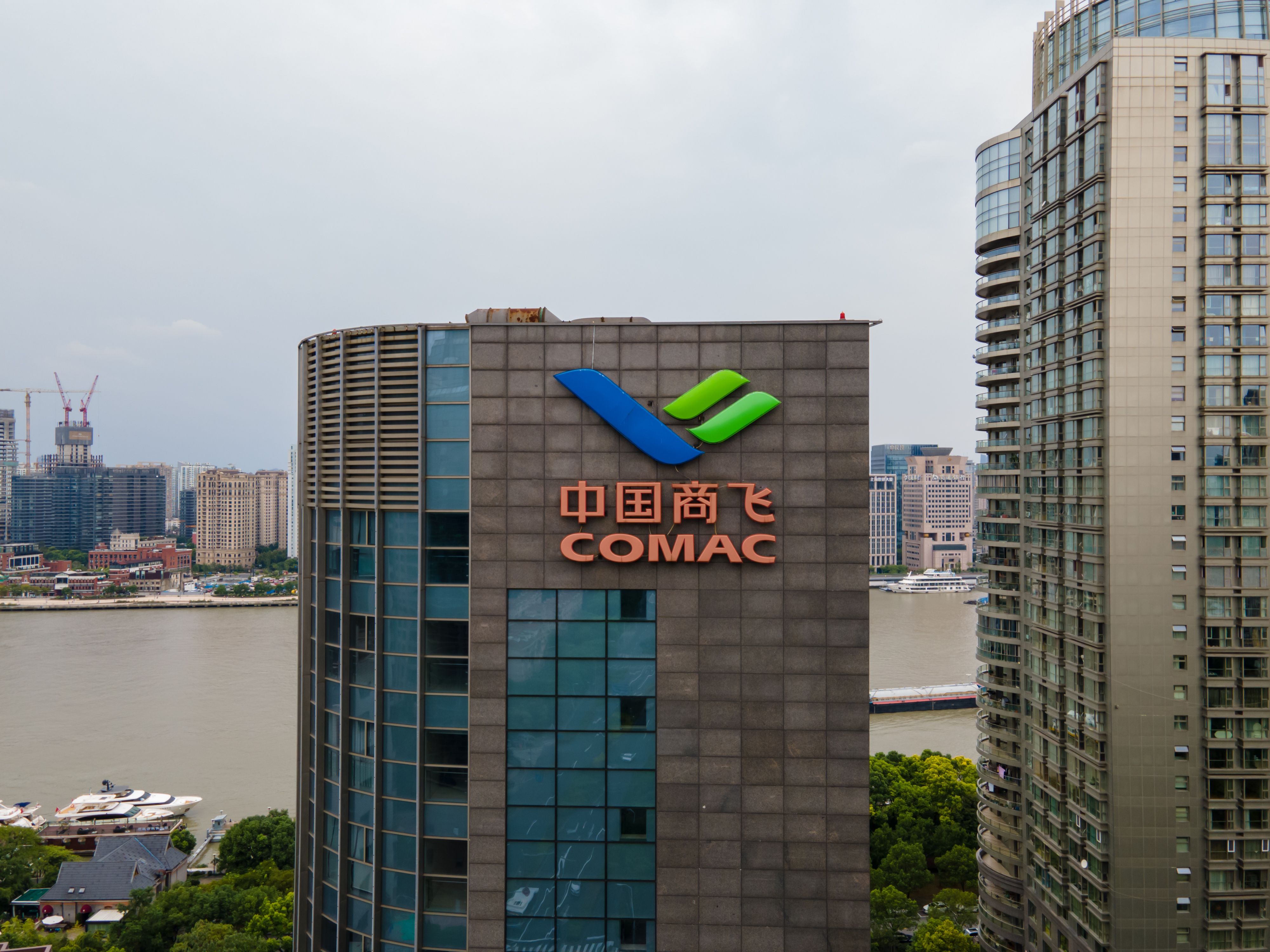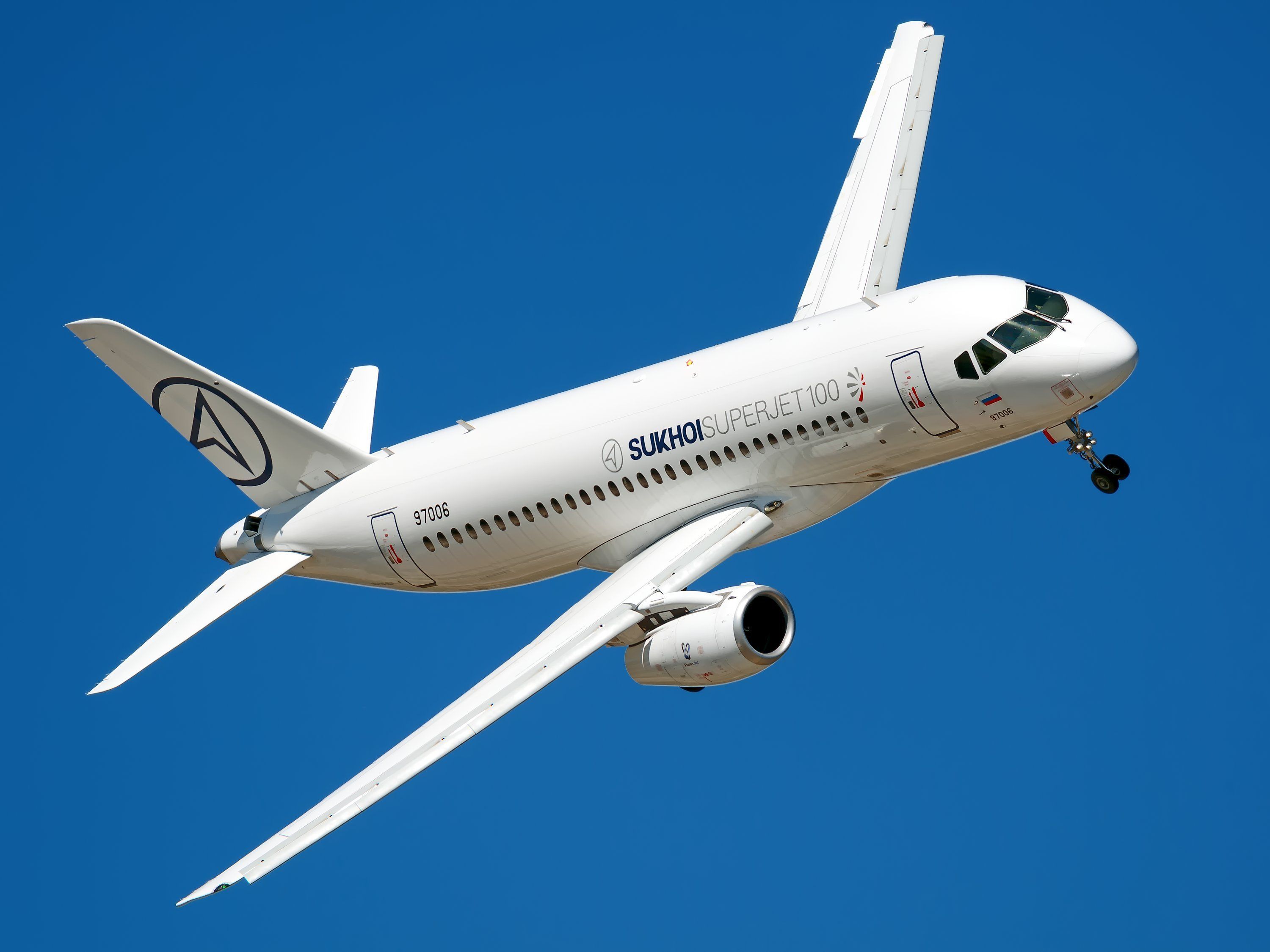On Wednesday, Russian state media news agency TASS published an interview with Denis Manturov, Deputy Prime Minister and Minister of Trade and Industry of the Russian Federation. In the interview, Mr Manturov spoke on the general situation for the manufacturing industry in Russia - including aircraft production.
While many international technology collaborations have been placed on indefinite hold due to the sanctions levied against the country as a result of its invasion of Ukraine, China has not restricted trade relations with its northern neighbor. As such, the planned widebody collaboration between United Aircraft Corporation (UAC) and COMAC, the CRAIC CR929, could, theoretically, still happen.
And, despite threats from Russia to pull out of the project, plans for the long-range 280-seat passenger dual-aisle airliner do seem to be moving forward. However, burned by the vulnerability of relying on externally sourced components and systems and conscious of the risk of third-party suppliers pulling out for fear of the consequences of doing business with Russia, the Russian government is now wary of proceeding with the project in its intended form.
Manturov stated,
"I think we will hold regular negotiations in the first quarter of next year, and we will reach clear prospects and deadlines. But our Chinese colleagues today have applications for participation in this project from various manufacturers of components from third countries. We ourselves would not consider such a format, given the current situation and all the risks that we understand very well. Therefore, in order not to encounter them, we may make a decision for ourselves from a partner within the framework of this project to move to the status of a supplier of aggregates and components."
Looking for other friendly partners
Meanwhile, Manturov also said that while the doors to industrial collaboration may be closed with the West, Russia would be looking to increase its partnerships with countries in the EAEU (Eurasian Economic Union) and the CIS (Commonwealth of Independent States), the SCO (Shanghai Cooperation Association), BRICS, the countries of the Arab world, as well other states in Asia, Africa, and Latin America.
Furthermore, he stated that the most immediate wear-and-tear issues with the Sukhoi Superjets currently flying had been solved by manufacturing tires and brake components for the aircraft domestically. In addition, Russia "has mastered" the production of another 35 foreign-supplied products that require more frequent replacement, along with other maintenance and upkeep-specific items.
Detailed UAC targets for 1,000 jets by 2030
The Minister maintained the target agreed on with Vladimir Putin back in March - that by 2030, Rostec will have produced 1,000 new aircraft. About half, meaning 500, of these will come from United Aircraft Operation (UAC). This figure is to be comprised of 240 units of the MC-21-310, 114 of the SSJ-NEW, 70 of the Il-114-300, 70 of the Tu-214, and 12 of the Il-96.
Get the latest aviation news straight to your inbox: Sign up for our newsletters today.
Source: ТАСС



